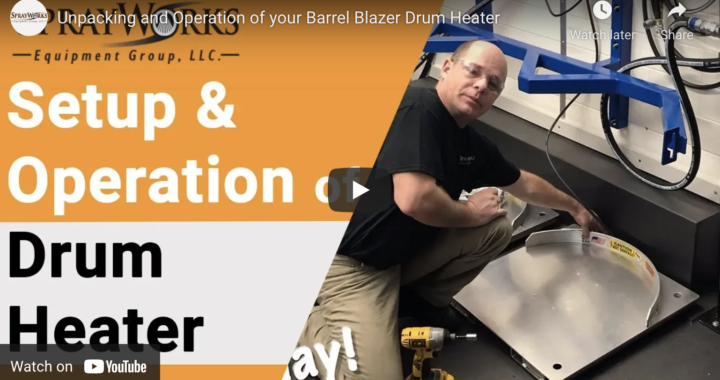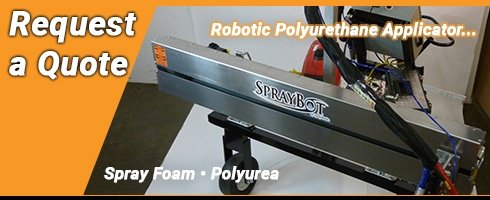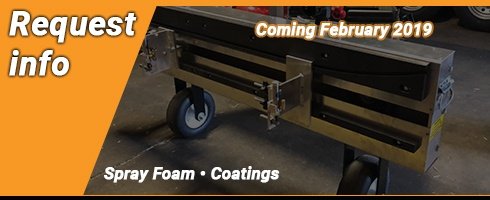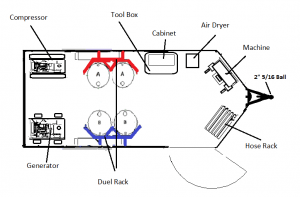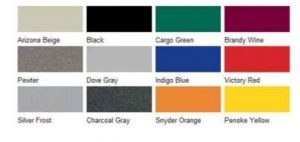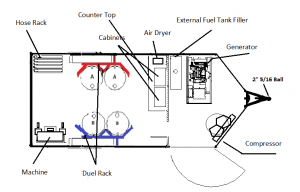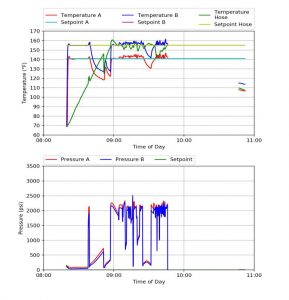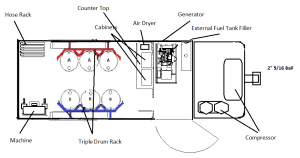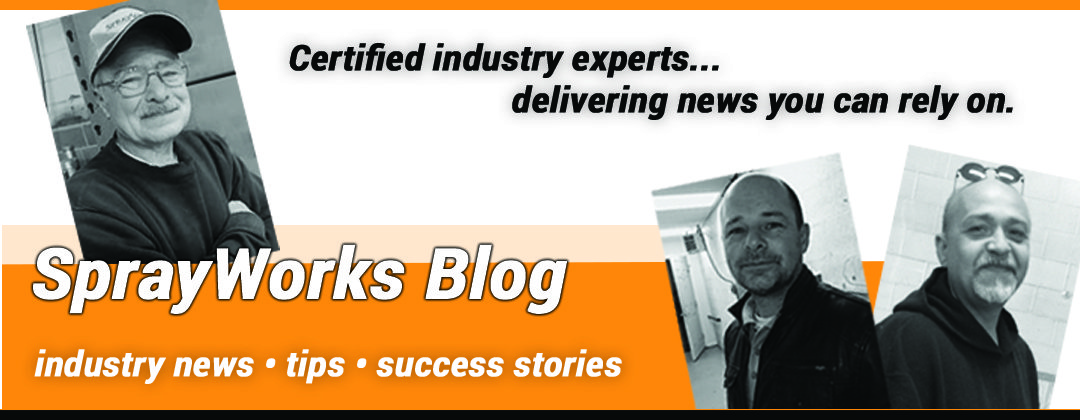
Why Contractors are Interested in Turn-Key Spray Foam Rigs
Turn-key spray foam rigs are rigs that are ready to pick up and move on the job site for immediate use – as opposed to rigs that require additional setup in order to get them running. Various projects require different insulation needs, and it’s only normal for contractors to select the most efficient equipment when working.
Here, we will take you through the key reasons why contractors often prefer turn-key spray foam rigs to other insulation rigs. Besides the fact that turn-key serves a variety of purposes, it also comes with the needed use and training resources.
Continue reading→Choosing the Right Spray Foam Systems
Selecting the right spray foam system is crucial. Your choice determines the overall success of your project, your business reputation, and the durability of the equipment you purchase.
Some contractors make the mistake of placing price over quality. Such decisions usually result in spray foam systems breaking during the course of a job. In some other cases, these low-quality products require excessive maintenance which contributes to increased repair costs.
With this reality, how do you ensure that the spray foam systems you purchase are high-quality, efficient, and long-lasting? Read on to find out.
Continue reading→Equipment Supplier Launches New eCommerce to Better Support Spray Foam & Coatings Industry
SprayWorks Equipment Group is proud to announce its new eCommerce, located at https://store.sprayworksequipment.com. The site offers a robust line of equipment and parts for manufacturers such as Graco, PMC, Allegro, IPM, 3M, and more – along with a library of video tutorials showing customers how to maintain and repair equipment.
Continue reading→All About Liquid Transfer Pumps: How Pumps Work and Common Pump Problems
Liquid Transfer Pump failure is one of the leading causes of off-ratio incidence, lost production time, emergencies, and cost over-run out of the many components that make up our processing equipment. Diligent preparation is a key factor toward the successful operation of your project and the equipment you depend on. The facts is, equipment components are only going to perform as well as they are understood and maintained.
Continue reading→2019 Transfer Pump Spring Special
Get the latest Transfer Pumps – the Graco T3, PMC 2:1, or IPM OP232C.

*Get $300 back for Graco T2, PMC GHO, IPM OP Series. Get $250 back for Graco T1, IPM IP02, IPM IP01. Trade-in value provided once the trade-in pump is received. Must be in working order. Shipping is free. Tax not included. No other discounts applicable. Expires 5/31/19 Learn more about our transfer pumps.
How to Bid to Win Residential Spray Foam Insulation Projects
Placing a bid is a slippery slope; bid too high and you price yourself out of reach, bid too low and leave yourself vulnerable in the event of a mishap which all too often leads to cutting corners, delays and having to go back to the client asking for more money. While word of mouth is such an effective tool in residential work, accuracy is as critical to longevity as the profits that sustain your business.
Continue reading→Product Review: Graco T3 Transfer Pump
The Graco T3 Transfer Pump is the newest Transfer Pump from Graco, Inc. This quiet 3:1 pump can accommodate low ceiling heights at only 50.3″ and low weight at only 22 lbs.
Continue reading→SprayWorks Selects Innovative Student Scholarship Winner
Florida Senior, Erich Periman, Selected for Chemical Science Scholarship
Canton, OH – March 6, 2019 – SprayWorks is proud to announce the winner of the first annual James Davidson Innovative Student Scholarship, Florida native Erich Periman. The scholarship is named after SprayWorks Equipment Group owner, James Davidson.
Continue reading→How to Handle Spray Foam Insulation Barrel Sets
Two-component spray foam systems, for sprayed-in-place or spray-on polyurethane foam insulation blends, are primarily packaged in steel 55 gallon barrels and distributed by their weight in volume as a paired set.
A paired set is two barrels consisting of one “A” side (Activator/Isocyanate) and one “R” side (Resin/Polyol) ranging in a combined liquid weight from 970 lb to 1050 lb. It should be noted that in many instances the components are referred to as “A” and “B,” respectively.
How Are the Spray Foam Systems Produced?
In general, the spray foam systems are produced having at minimum six months shelf-life within the original unopened barrel. Stored between 60° and 75° F (15° – 24° C check manufacturer SDS for temperatures), they do not require additives, but “B” sides may require mixing and/or continual agitation.
The barrel colors vary between blenders. As a result of the highly reactive nature of the two components, cross contamination of the barrels must be avoided. A standard procedure in spray foam rigs to identify each side component by color is often used where red identifies the “A” side and blue identifies the “B” side.
Continue reading→Unpacking and Operation of your Drum Heater
How to Set Up and Operate your Barrel Blazer 55 Gallon Drum Heater
In this YouTube video tutorial, our latest Fix-It Friday shows you how to set up and operate your Barrel Blazer drum heater. Barrel Blazers are an ideal solution for a 55 gallon drum heater.

